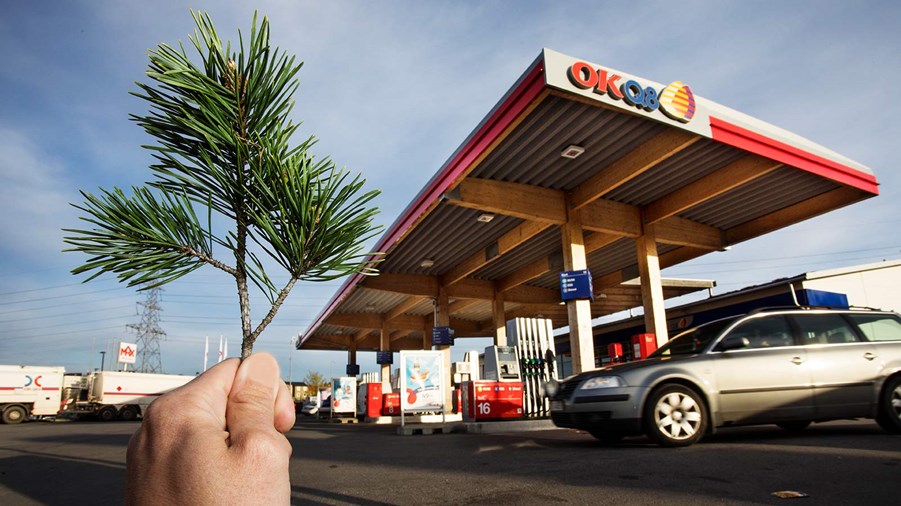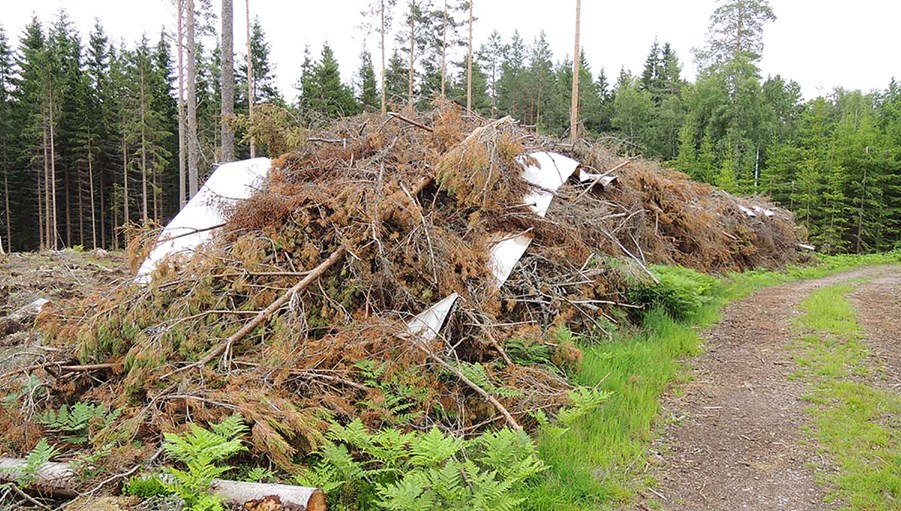
As the largest providers of sustainable biomass, forests have a key role to play in substituting fossil fuels to get Europe on track to climate neutrality. Forest-based bioenergy will play a “key" role in enabling the EU to reach its climate goals, a European Commission official told at a Wood Be Better event on 13 April.
"We will require increasing amounts of sustainable biomass for energy and non-energy sectors,” said Giulio Volpi, Policy Officer at the Commission’s Directorate-General for Energy. In particular in the energy sector, it is important to help decarbonise hard-to-abate parts of the economy such as trucks and heavy industry, and to deliver negative emissions in combination with carbon capture and storage (CCS), he said.
Swedish Green MEP Pär Holmgren, who hosted the event, said: “Within appropriate and established limits, bioenergy can play a significant role in mitigating climate change by replacing fossil fuels.”
Bioenergy big part of renewables in Europe
Bioenergy makes up approximately 60 % of all renewables in Europe and sustainable forest biomass makes up the largest chunk of that (complemented by agricultural biomass and organic waste). It can contribute to several of the European Green Deal’s objectives, including security of energy supply, smart mobility, emissions reductions and a more circular economy.
“Sustainable bioenergy will continue to replace oil, gas and coal in heating, electricity production and transport”, said Volpi. The Commission foresees bioenergy being used above all for high-temperature heat, advanced biofuels, and in combined heat and power (CHP) generation, as well as with CCS.
Patrick ten Brink, deputy Secretary General and Director of EU policy at the European Environmental Bureau (EEB), said the network of more than 160 civil society organizations sees “a limited strong use [of sustainable bioenergy] in some areas, mainly in industry”. He cited steel, ceramics, cement and glass as examples. The EEB expects less use of bioenergy overall, due in part to a shift from fuel to feedstock applications.
The European Commission has indicated that its goal of reducing greenhouse gas emissions by 55 % by 2030 requires a renewable energy target of around 38-40 %, up from the currently agreed 32 % - and twice the 20 % goal of 2020. Ten Brink believes 50 % renewables are needed in 2030 “but we don’t see a huge expansion of biomass”.
"Confidence in the sustainability of bioenergy is key"
What the Commission proposes in its REDIII proposal this summer will come down to how much sustainable biomass it believes is available. “Of course, confidence in the sustainability of bioenergy is key,” Volpi said. EU safeguards for sustainable forest biomass were put in place by the 2018 Renewable Energy Directive (REDII). The priority now is implementing these sustainability criteria by a deadline of June 2021.
REDII is only one part of a broader sustainability and climate framework, however.
“Bioenergy combustion emissions are not accounted for in the energy sector because emissions from removals are already accounted for in the land use sector under LULUCF,” explained Volpi. This Regulation is also up for review this summer.
Sustainability will lie at the heart of future EU proposals on bioenergy. As Holmgren said: “We need to focus on carbon sinks, but we also need to do this energy transition as fast as possible. We really need to detoxify the debate [on sustainable biomass]”.


